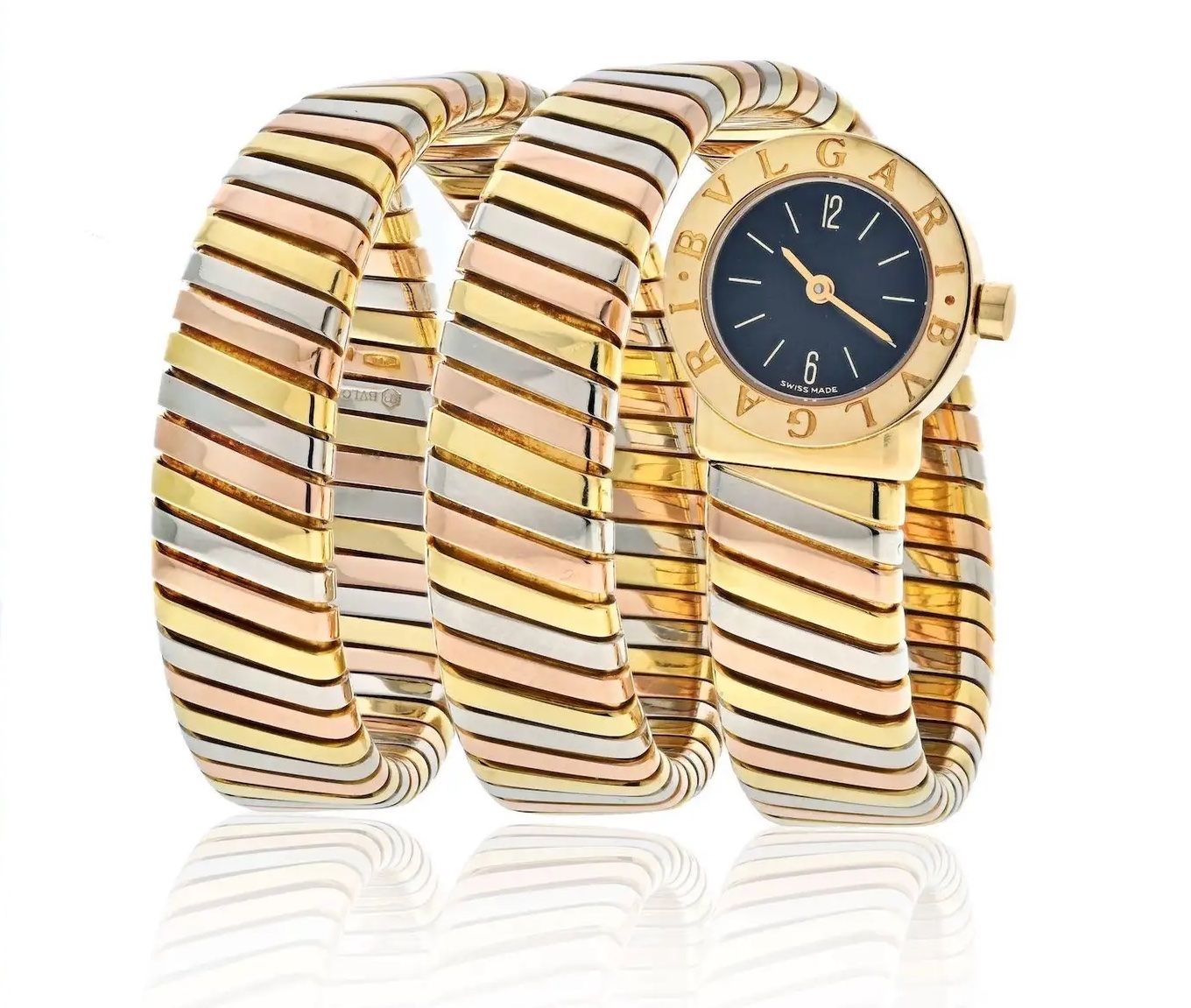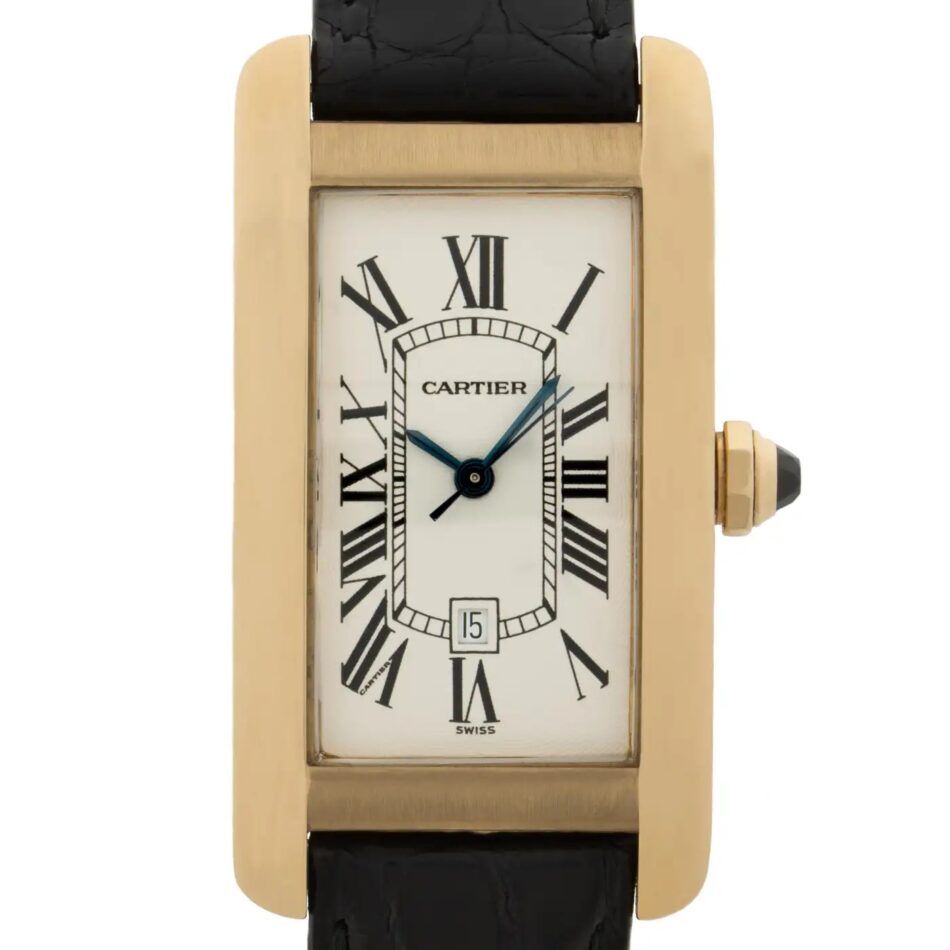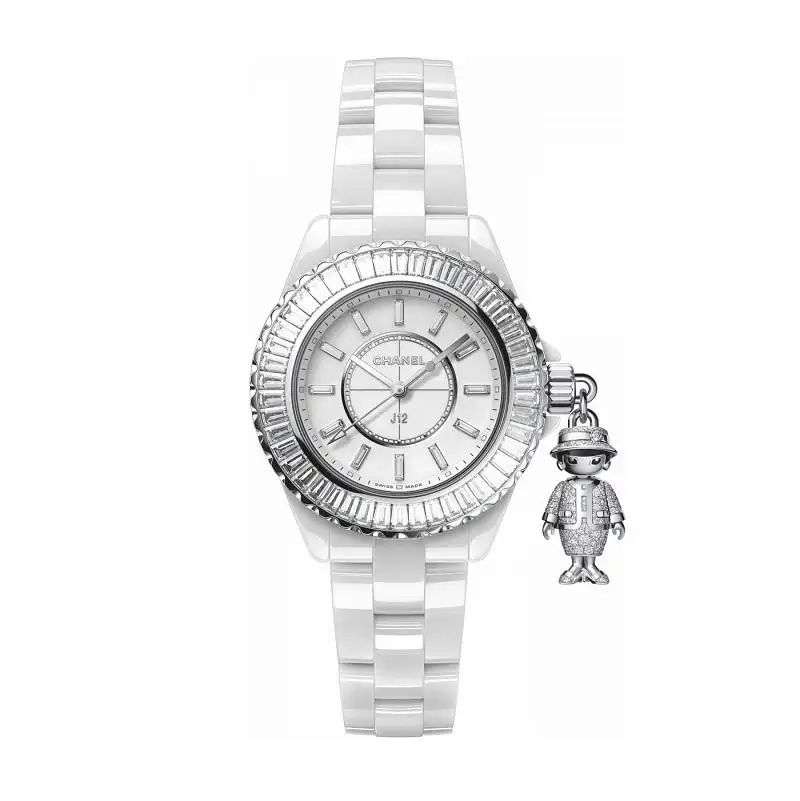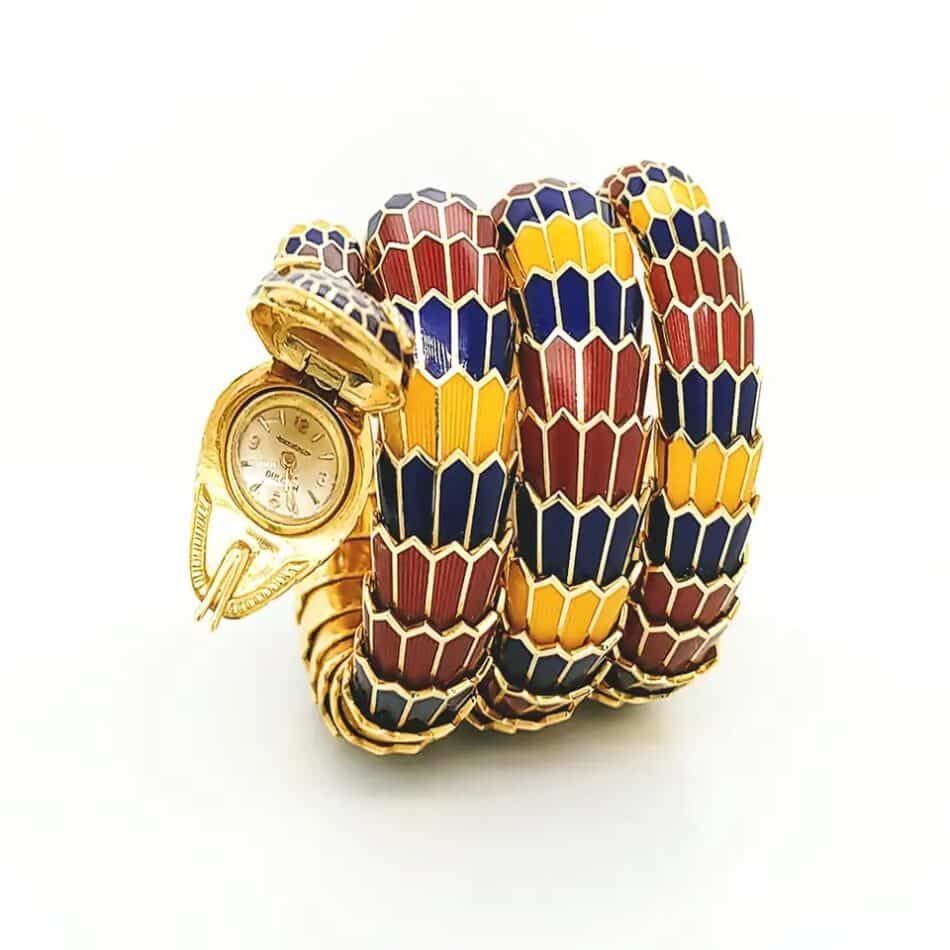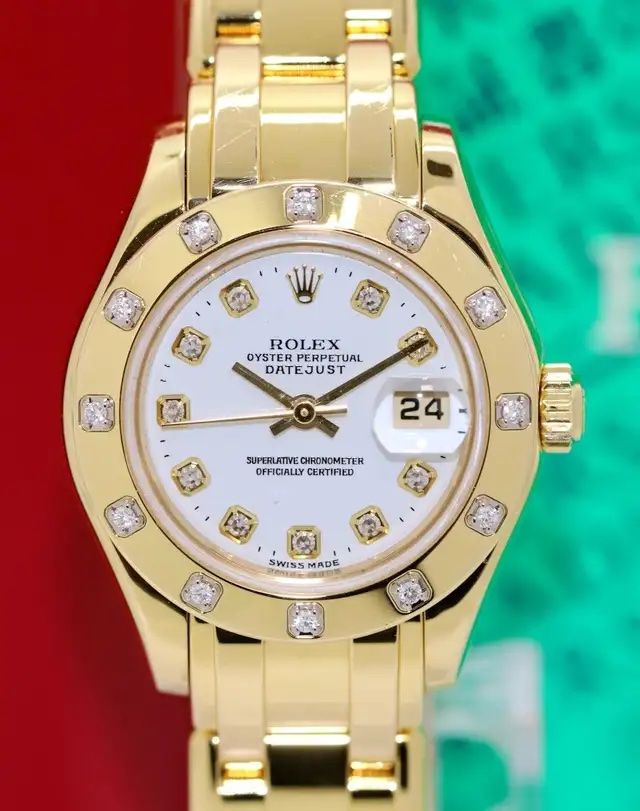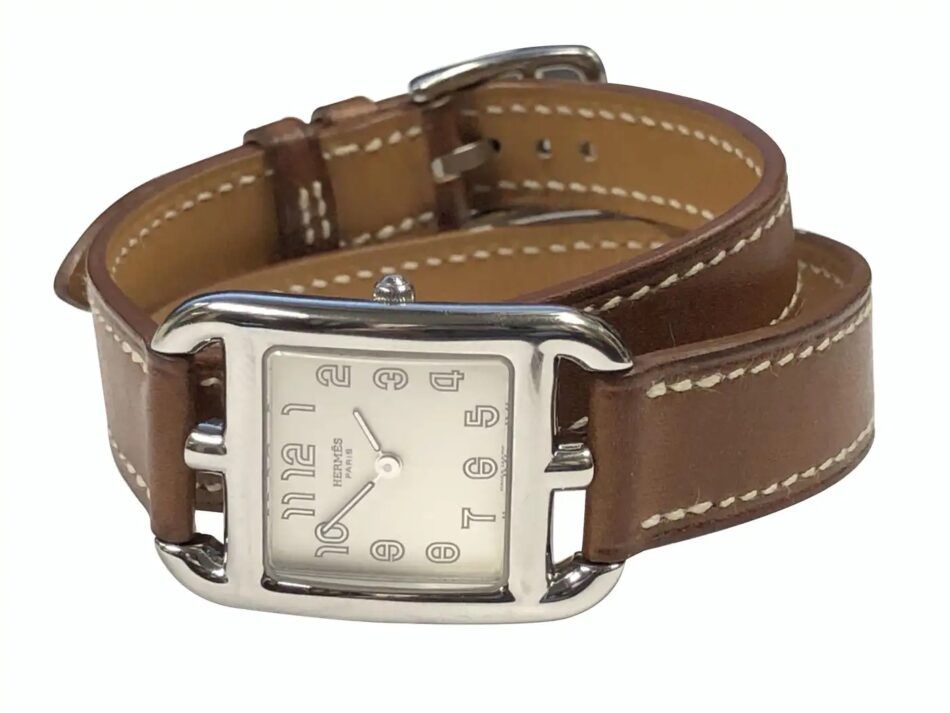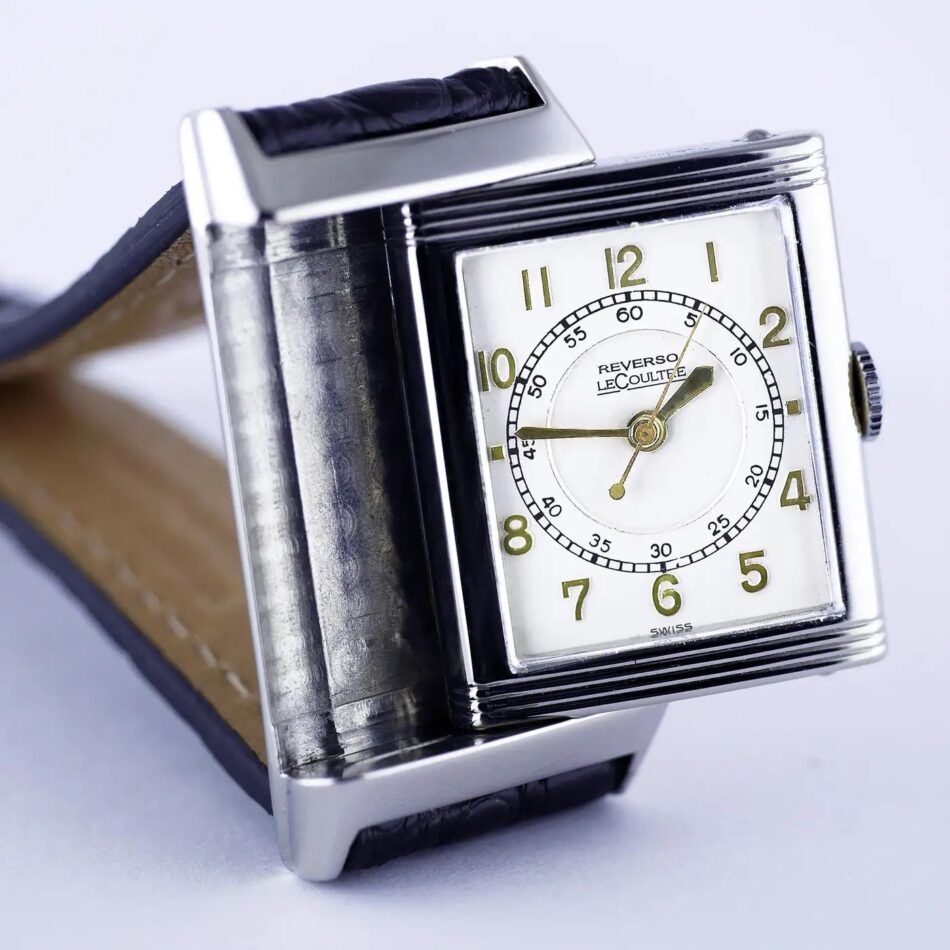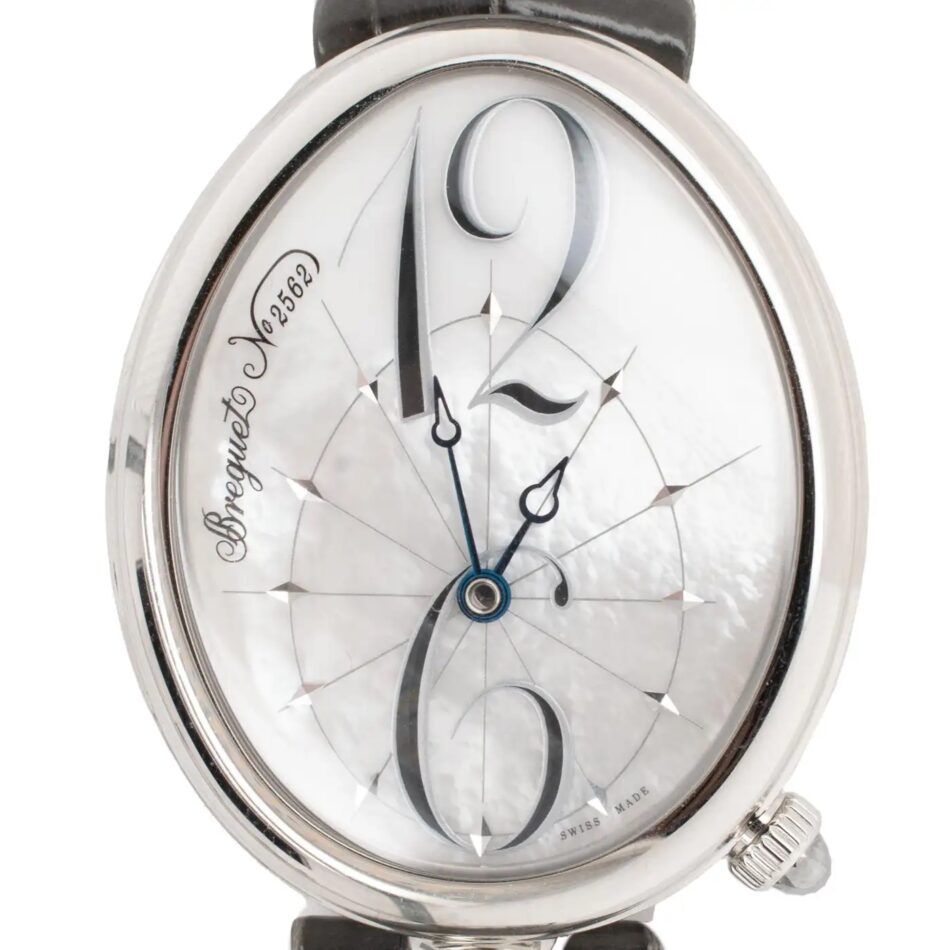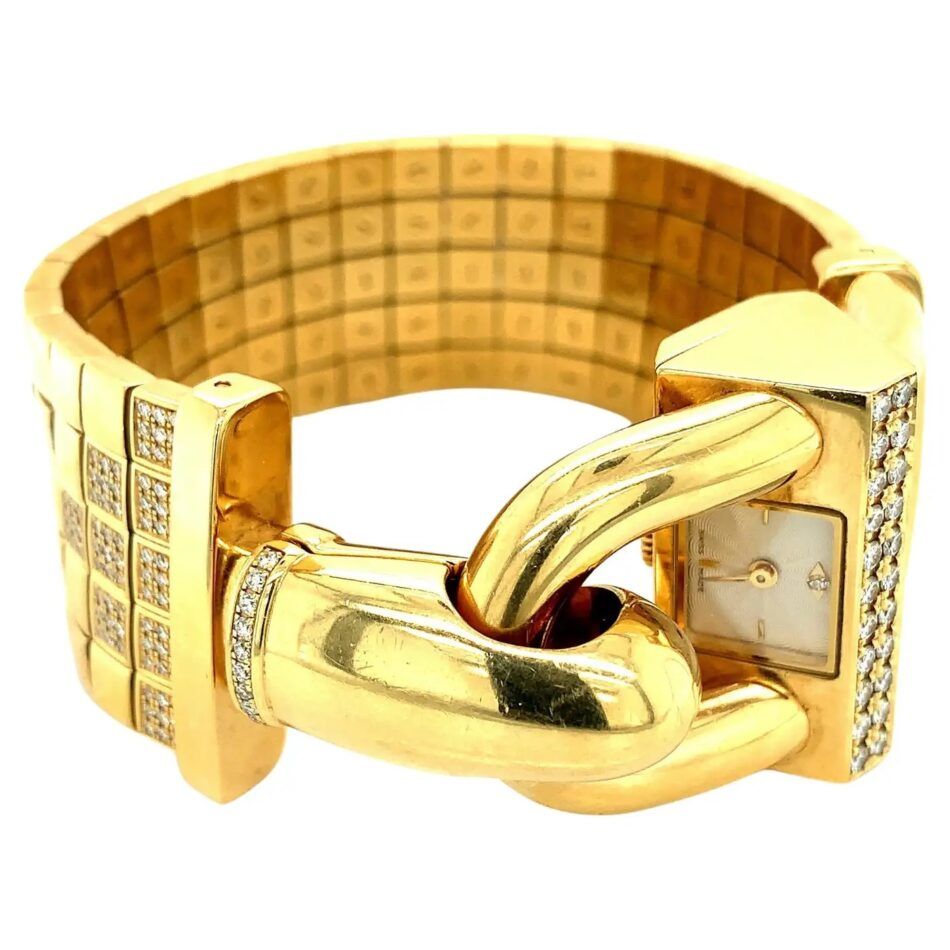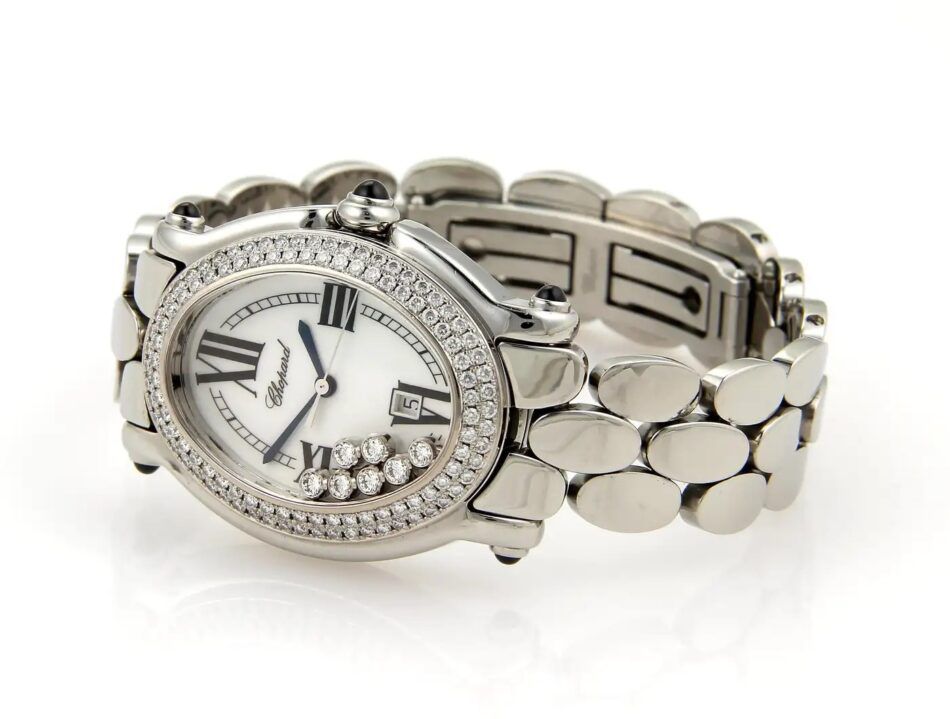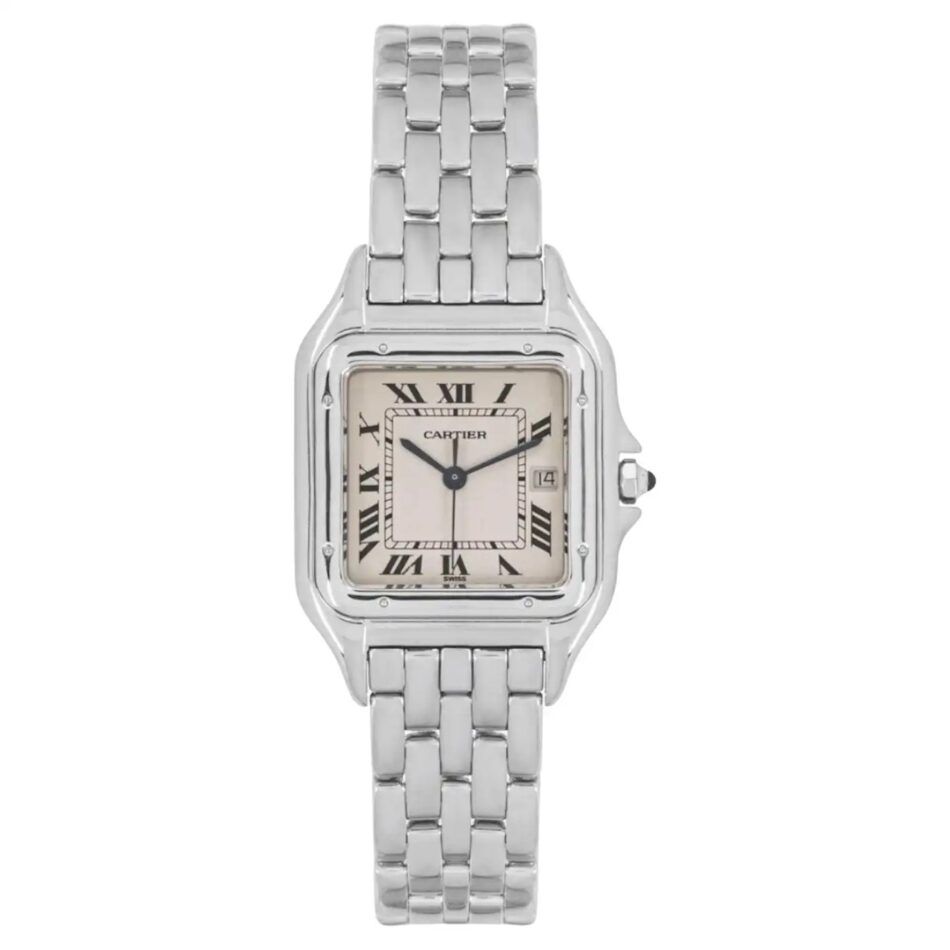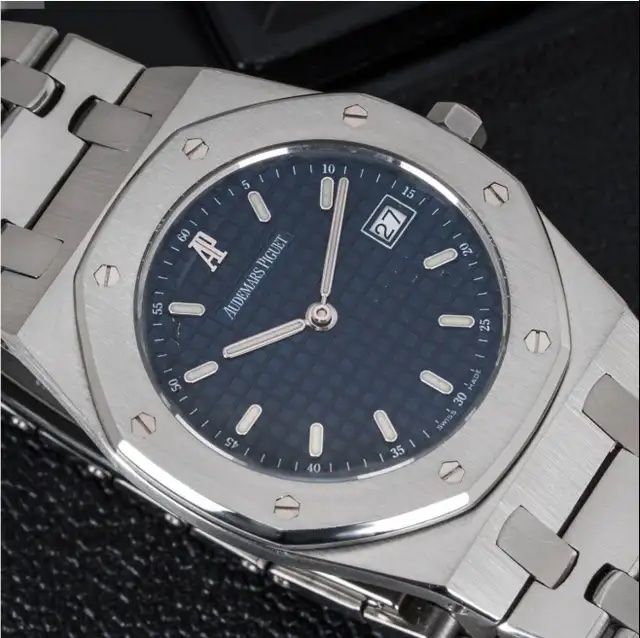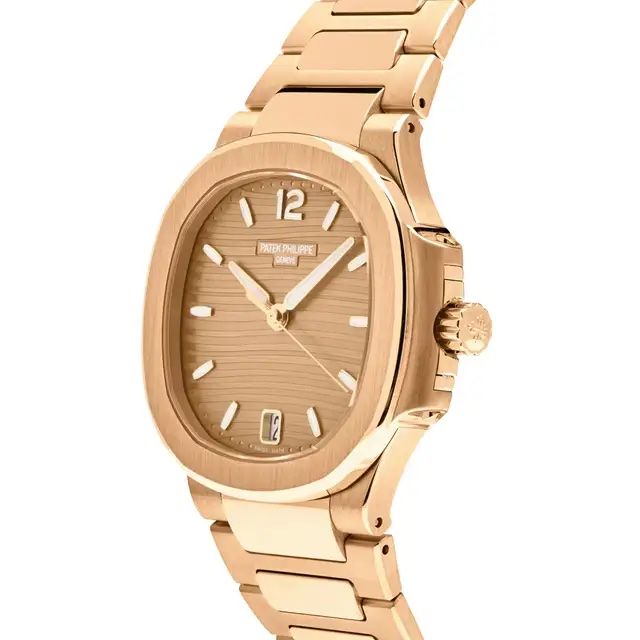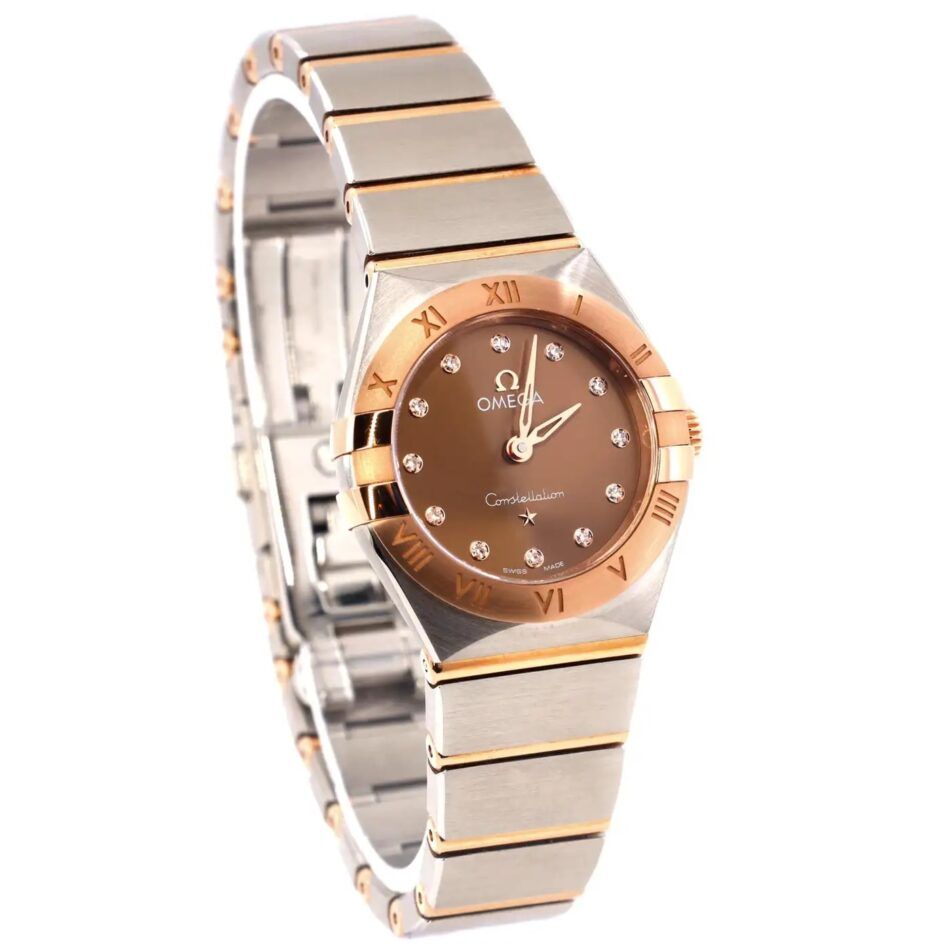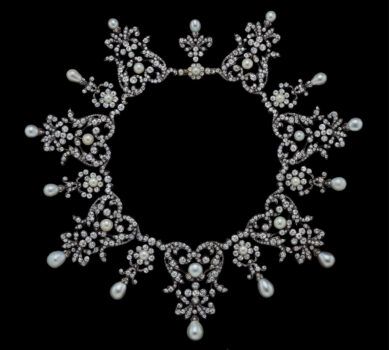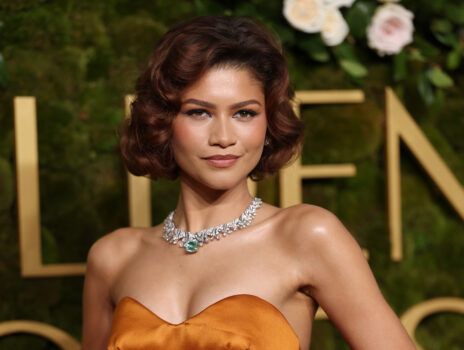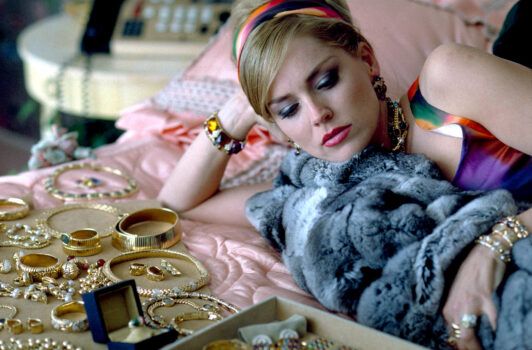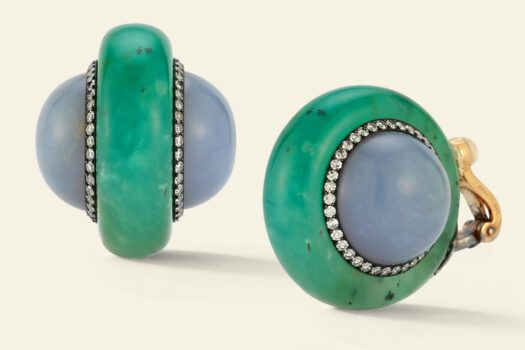For years, women’s watches were an afterthought in the world of fine watchmaking. Fortunately, times — and timepieces — have changed. Now, women’s and unisex watches are growing categories, and female watch enthusiasts are increasingly collecting striking styles that suit their tastes and needs.
Beyond eye-catching designs and advanced engineering, these classic watches for women display craftsmanship at its finest. The luxury timepieces selected for this article top many meticulously curated wishlists. They become heirlooms, mark the most memorable moments and make bold statements.
All 14 watches are among the world’s most sought-after for any gender — not only because of their graceful proportions or innovative materials but also because of the illustrious legacies of the houses that created them.
Cartier Tank
Few watches have stood the test of time like the Cartier Tank. Jackie Kennedy, of course, wore one as an elegant accessory to her famously elegant wardrobe. But its history goes back much further.
Louis Cartier designed the timepiece in 1917 to mimic the proportions and lines of the Renault tanks he saw during World War I. He even gave the first prototype to General John Pershing, who commanded the United States Armed Forces on the Western Front.
The Tank isn’t Cartier’s only watch with a distinctive silhouette. The house has a knack for crafting coveted timepieces with unusual shapes and motifs, like the Panthère, the Baignoire and the Ballon Bleu.
Chanel J12
Best known as a women’s fashion label, Chanel has demonstrated that the tastes of fashionistas and watch aficionados don’t necessarily diverge. The J12 is proof.
Introduced in 2000 and named for the 12-meter J-class racing yachts made in the 1930s, the sports watch had a mechanical movement — as opposed to the battery-powered quartz movement in many fashion timepieces — a feature that appealed to serious watch lovers.
More significantly, creator Jacques Helleu’s striking unisex design was one of the first to use a nearly indestructible ceramic material instead of precious metal for the case and bracelet, making the all-black or all-white timepieces instantly recognizable.
Bulgari Serpenti
Although Bulgari’s Serpenti collection launched in the 1940s, it didn’t gain the attention it deserved until 1962, when Hollywood golden girl Elizabeth Taylor — a paparazzi favorite, in part because of her romance with costar and fellow A-lister Richard Burton — was photographed wearing a Serpenti watch on the set of the historical epic Cleopatra.
The free publicity helped make the piece a success, but the meaning embodied by the Serpenti has made it truly timeless. Giorgio and Constantino Voulgaris, sons of Bulgari founder Sotirios Voulgaris, evoked the snake as a symbol of eternity and renewal, as it appears in Greek and Roman mythology.
Piaget Stone-Dial Watch
Even with today’s technological advances, crafting hard-stone dials is a painstaking task that watchmakers are seldom willing to take on. In the 1960s, when Piaget first began making watch faces from jade, lapis lazuli, tiger’s-eye, onyx and other semi-precious stones, the process was even more difficult.
Many dials were broken during machining or while setting the hands, and the cost of production was high. The results, however, won admirers like Kennedy, Taylor and Sophia Loren. Part timepiece, part jewel, the colorful style remains a house signature.
Rolex Lady-Datejust
As early as the 1920s, Rolex founder Hans Wilsdorf was marketing his exceptionally reliable waterproof watches to women. With the 1957 debut of the Lady-Datejust, the brand made a clear and resounding statement: Performance watches aren’t just for men.
It was a prescient move, anticipating women’s changing roles and lifestyles in the decades to come. Although some women are drawn to the size and heft of men’s watches, many prefer the Lady-Datejust’s 26mm or 28mm case, scaled to more comfortably fit smaller wrists, and appreciate having a prestige timepiece designed with them in mind.
Hermès Cape Cod
Based on Hermès’s 1938 Chaîne d’ancre motif, the Cape Cod was introduced in 1991. Designer Henri d’Origny set the watch’s square dial inside a rectangular case referencing an anchor chain, thus linking it to boat culture.
In 1998, Martin Margiela, the luxury house’s artistic director for women’s ready-to-wear at the time, incorporated a chic double-wrap leather strap, later dubbed the Double Tour — a distinguishing feature of the Cape Cod that has become a staple of watch design.
Jaeger-LeCoultre Reverso
Like many good things, the Reverso was born of necessity. Swiss businessman César de Trey, an acquaintance of watchmaker Jacques-David LeCoultre, attended a polo match in the early 1930s during which one of the players lamented that his watch crystal had been smashed on the field, a common hazard of the sport.
De Trey took the complaint to LeCoultre, who enlisted engineer René-Alfred Chauvot to invent a more practical design. His ingenious solution was a case that can be flipped over to protect the watch’s vulnerable face.
With its Art Deco styling, Chauvot’s design is as gorgeous as it is functional and has drawn female fans, like Amelia Earhart, from the beginning.
Breguet Reine de Naples
Inspired by a bracelet watch that Abraham-Louis Breguet created in 1810 for Caroline Murat, the queen of Naples (and Napoleon Bonaparte’s sister), the 2001 Reine de Naples introduced an unusual ovate case to a receptive public.
The design, offering a fresh take on femininity and elegance, captured the attention of contemporary Breguet aficionadas. Since then, the style has appeared with various embellishments — diamonds, colored gemstones, mother-of-pearl, grand feu enamel, guilloche — making it a consummately luxurious timepiece fit for a queen.
Van Cleef & Arpels Cadenas
Although hardware-inspired jewelry may seem like a postmodern invention, the Van Cleef & Arpels Cadenas — whose name, French for “padlock,” refers to the shape of its case — was first produced in 1935.
Its avant-garde look is credited to the house’s artistic director, Renée Puissant, daughter of Alfred Van Cleef and Estelle Arpels (upon whose marriage the maison was founded), and her close collaborator, jewelry designer René Sim Lacaze.
The Duchess of Windsor was among the first to own a Cadenas and is even said to have influenced the design, although that has never been confirmed. The bold piece, often enhanced with Mystery Set gems, has been worn by trendsetters ever since.
Chopard Happy Sport
Inspired by a waterfall he saw in the Black Forest, Chopard designer Ronald Kurowski created the Happy Diamonds men’s watch, with its radiant diamonds floating freely inside the case, in 1976.
It wasn’t until 1993 that Caroline Scheufele, now the house’s artistic director and copresident, introduced the Happy Sport, a casual version aimed at women who loved the sparkle but disliked the formality of cocktail watches. It’s a clever combination of traditional design and modern playfulness — a killer recipe for an iconic watch.
Cartier Panthère
A woman of remarkable vision and style, Cartier jewelry designer Jeanne Toussaint was nicknamed “Petite Panthère” by Louis Cartier. Her panther motif was the basis for one of the jewelry house’s most legendary collections, which includes the Panthère de Cartier watch, introduced in 1983.
This fierce timepiece captivates with a rounded-square face and a distinctive brick-lay bracelet that is said to be Cartier’s most comfortable band. It drapes around the wrist in a fluid movement reminiscent of Toussaint’s panther — the maison’s emblematic animal.
The Panthère is popular among celebrities, from pop queen Madonna to It girls like Zendaya and Bella Hadid. A statement piece that captures the spirit of classic design and boundary-pushing innovation, the Panthère watch has been a luxurious timepiece of choice from the 1980s to today.
Audemars Piguet Royal Oak
Few high-end watches have left a more indelible mark than the Audemars Piguet Royal Oak. The creation of visionary watchmaker Gérald Genta, the avant-garde design shattered conventions in 1972.
Crafted from stainless steel with an octagonal bezel, a waffle-patterned Grande Tapisserie dial and exposed screws, the Audemars Piguet Royal Oak not only defied norms but introduced the world to a new genre of timepieces — the luxury sports watch.
Worn by women and men, the Royal Oak is a refined status symbol that stands out for its measured sophistication and rich history.
Patek Philippe Nautilus
Considered by many to be the crème de la crème de la crème of high horologerie, and holder of the world auction record for a watch, Patek Philippe introduced the Nautilus in 1976 as its first-ever luxury sports watch. It was conceived by Gérald Genta, who navigated previously uncharted territories of fine watchmaking (see the Royal Oak above).
An interplay between brushed and polished surfaces, plus a blend of circles and angles, give the watch a sporty yet sophisticated look. Its case resembles the classic portholes of ships, while the horizontally embossed dial is a nod to the texture of a ship’s deck. A symbol of timeless luxury still today, the Patek Philippe Nautilus has adorned the wrists of Princess Diana, Virgil Abloh and Victoria Beckham, among a long list of celebrities.
Omega Constellation Manhattan
Created by legendary watch designer Carol Didisheim, the Omega Constellation Manhattan set new standards for postmodern watchmaking when it debuted, in 1985.
The Manhattan was an addition to the brand’s Constellation line, launched in 1952, and includes the Constellation’s hallmark griffes, or claws, which hold the timepiece’s gasket and sapphire-crystal glass in place. Today largely ornamental, these were originally introduced to ensure the water resistance of the case.
The Omega Constellation Manhattan’s integrated metal bracelet with hinged links makes it a favorite among watch aficionadas for daily wearing. Its star status, along with that of the whole Constellation line, was confirmed by the 1995 “My Choice” campaign led by Omega’s brand ambassador, Cindy Crawford.
